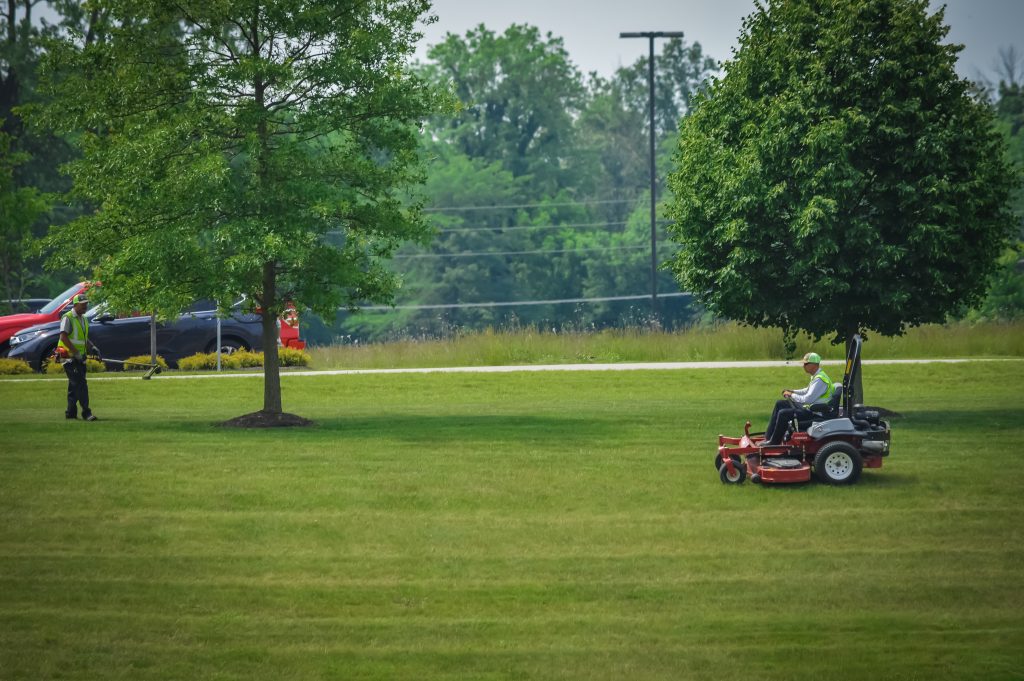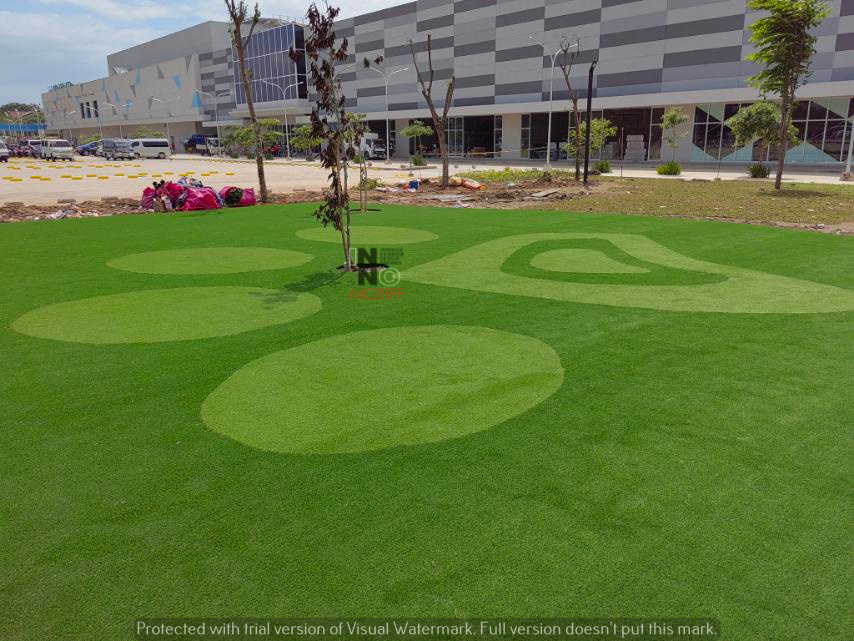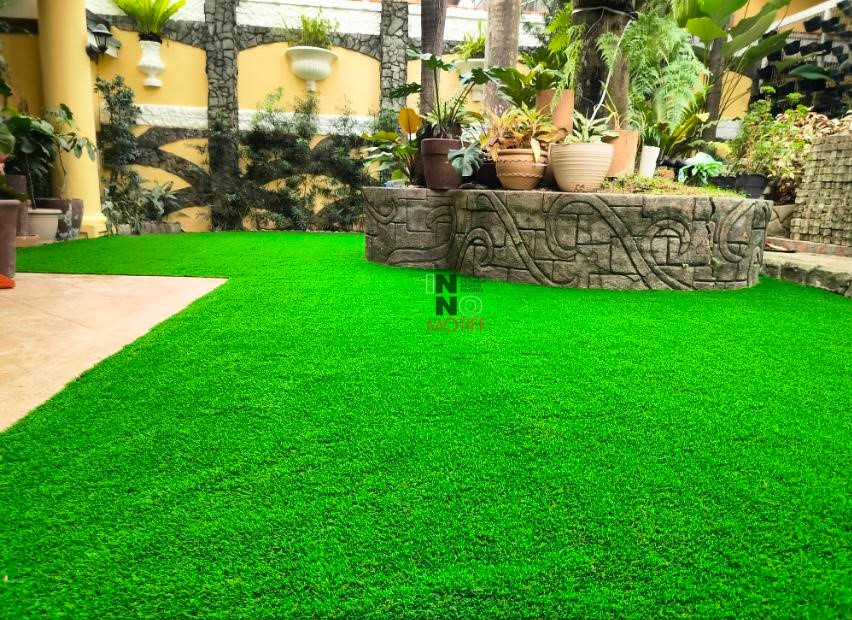In today’s environmentally conscious world, sustainable practices are more important than ever, especially in commercial landscape maintenance. As businesses increasingly adopt eco-friendly solutions, maintaining a property’s landscape in a way that benefits both the environment and the bottom line has become a priority. This blog will explore sustainable commercial landscape maintenance practices, offer practical tips, and highlight how these methods can enhance your property while supporting a healthier planet.
Understanding Sustainable Landscape Maintenance
Sustainable landscape maintenance involves managing outdoor spaces in a way that conserves resources, minimizes environmental impact, and promotes ecological balance. The key principles include reducing waste, using eco-friendly materials, conserving water, and choosing native plants. By adopting these practices, businesses can reduce their carbon footprint, lower maintenance costs, and create a more attractive and functional landscape.
Eco-Friendly Practices for Commercial Landscapes
Water Conservation: Water conservation is a crucial aspect of sustainable landscape maintenance. Implementing drought-resistant plants can significantly reduce water usage while maintaining a lush appearance. Efficient irrigation systems, such as drip irrigation, ensure that water is delivered directly to the plant roots, minimizing evaporation and runoff. Additionally, rainwater harvesting techniques, like collecting rainwater in barrels or cisterns, provide a free and sustainable water source for your landscape.
Soil Health and Management: Healthy soil is the foundation of a thriving landscape. Use organic soil amendments and compost to enrich the soil naturally, avoiding chemical fertilizers that can harm the environment. Composting organic waste not only improves soil fertility but also reduces landfill waste. Maintaining soil health also involves regular testing to monitor nutrient levels and adjust amendments as needed.
Native and Low-Maintenance Plants: Choosing native plant species is a cornerstone of sustainable landscaping. Native plants are adapted to local conditions, requiring less water, fertilizer, and pesticides. They also support local wildlife, such as pollinators and birds. Low-maintenance plants, which are designed to thrive with minimal care, further reduce the need for excessive watering and chemical treatments, saving time and resources.
Energy-Efficient Equipment: Opt for electric or battery-powered landscaping equipment instead of gas-powered tools. Electric equipment produces no emissions and is often quieter, reducing noise pollution. Regular maintenance of equipment ensures it operates efficiently, prolonging its lifespan and reducing energy consumption.
Implementing Sustainable Practices
Planning and Design: Sustainable landscape design begins with thoughtful planning. Incorporate principles such as creating natural rain gardens to manage stormwater and designing plant beds that enhance biodiversity. A well-thought-out maintenance plan should integrate eco-friendly practices, ensuring that sustainability is a key consideration throughout the landscape’s life cycle.
Choosing the Right Professionals: Selecting a landscape maintenance company experienced in sustainable practices is essential. Look for professionals who understand the principles of eco-friendly maintenance and have a track record of implementing them successfully. A knowledgeable company will help you choose the right plants, equipment, and practices for your specific needs.
Ongoing Maintenance and Monitoring: Regular maintenance is vital for sustaining an eco-friendly landscape. Establish a schedule that includes monitoring plant health, checking irrigation systems for leaks, and adjusting practices as needed. Continuous evaluation allows you to address any issues promptly and ensure that your sustainable practices remain effective.
The Role of Certification and Awards
Certifications like the Green Mark Award for Buildings highlight properties that excel in sustainability. Achieving such certifications not only recognizes your commitment to eco-friendly practices but also enhances your property’s credibility and attractiveness. These awards can be a valuable marketing tool, showcasing your dedication to sustainability to clients and stakeholders.
Takeaway
Adopting sustainable commercial landscape maintenance practices is a proactive step towards a greener future. By incorporating eco-friendly methods, businesses can enhance their properties, reduce environmental impact, and promote long-term sustainability. Now is the time to explore and implement these practices to create a more beautiful and eco-conscious landscape.










